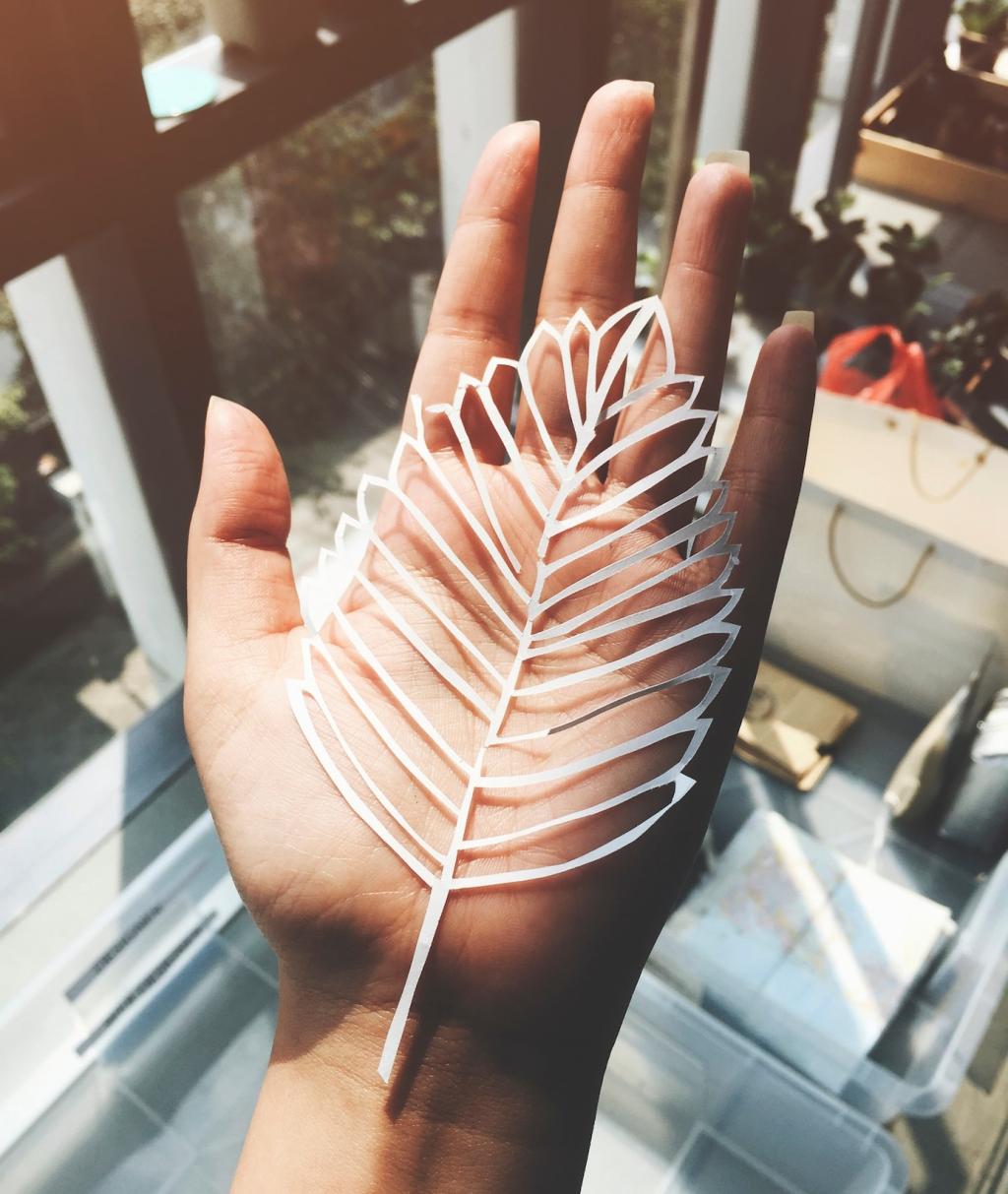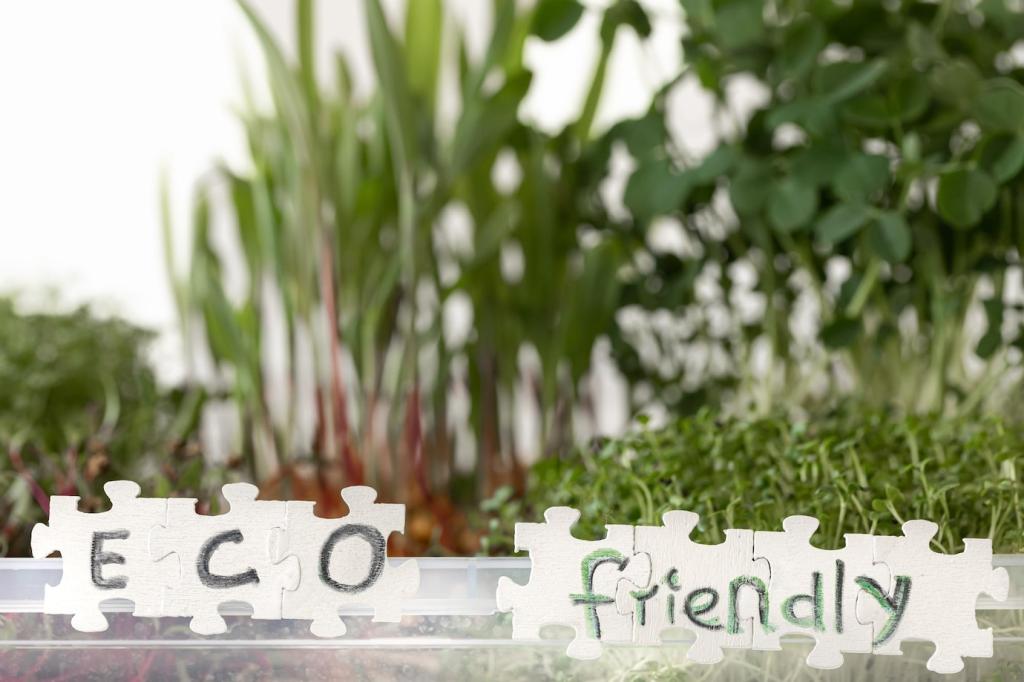Biophilic Design for Tiny Apartments: Big Wellbeing in Small Footprints
Chosen theme: Biophilic Design for Tiny Apartments. Welcome to a cozy, nature-forward home page where we transform compact spaces into vibrant sanctuaries using light, plants, textures, and thoughtful rituals. Subscribe and grow your tiny forest with us.



Why Biophilic Design Works in Small Homes
Tight quarters can amplify stress, but natural cues—plants, wood grains, gentle light—soothe the mind. A friend downsized to a 280-square-foot studio and found her fern corner reduced fidgeting and invited slower, more intentional evenings.
Why Biophilic Design Works in Small Homes
Adding nature can actually make a room feel larger. Layering greenery vertically draws the eye upward, while organic textures add depth. Readers often report a perceived expansion after introducing one tall plant and a warm wood accent.
Light, Air, and Views: The Invisible Landscape
Track where morning and afternoon light land for a week. Create zones: bright for herbs, medium for philodendrons, low for shade lovers. Use reflective surfaces sparingly to bounce daylight deeper without harsh glare.
Light, Air, and Views: The Invisible Landscape
Cross-ventilation refreshes small homes. Place trailing plants near vents to avoid obstruction, and consider easy-care species like pothos and spider plants. Some studies suggest plants can support indoor quality, especially alongside ventilation and regular cleaning routines.
Plant Strategies for Pocket-Sized Rooms
For low light, try ZZ, snake plant, or pothos. Bright indirect lovers include monstera and peperomia. Group by watering needs so you can hydrate in one efficient routine, reducing guesswork and messy overflows.

Natural Materials, Colors, and Textures
Material Palette with Purpose
Blend light wood, cork, rattan, and linen for warmth without visual clutter. When finishing furniture, consider low-VOC products and adequate ventilation. A simple cork board doubles as a tactile mood wall for plant care notes.


Tactile Layering
Invite touch with a knitted throw, jute rug, and smooth ceramic planters. Contrast matters: one soft, one nubby, one sleek. These layers keep a monochrome tiny home rich, welcoming, and quietly stimulating.
Furniture and Layout that Let Nature Lead
Opt for a storage bench with a planter ledge, a rolling kitchen cart that parks under a hanging garden, or nesting tables that tuck beneath a ficus. Mobility maintains sunlight paths and easy watering access.
Create one intentional cluster: a tall statement plant, a medium companion, and a textured stool for tools. Aim sightlines from your favorite seat. This living vignette anchors the room with presence and gentle rhythm.
Keep a clear walkway from entry to window. Train trailing vines away from door swings and curious paws. One subscriber added a cat grass tray, saving the pothos while delighting their whiskered roommate.
Care, Rituals, and Long-Term Maintenance
Bottom-water small pots in a tray, then drain thoroughly to protect neighbors below. Use a narrow-spout can and moisture meter if helpful. Set reminders tied to light levels rather than rigid weekly schedules.

Care, Rituals, and Long-Term Maintenance
Quarantine new plants, inspect weekly, and wipe leaves gently. If pests appear, try shower rinses, sticky traps, and light applications of neem-based products as directed. Community tip: share early sightings so others can act fast.
